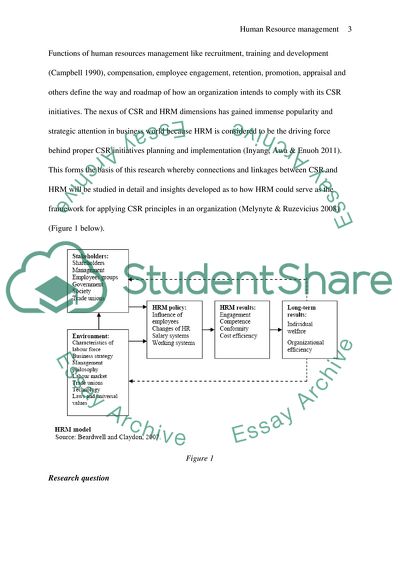Cite this document
(What Matters for Achieving the Corporate Social Responsibility Goals Research Paper - 1, n.d.)
What Matters for Achieving the Corporate Social Responsibility Goals Research Paper - 1. Retrieved from https://studentshare.org/human-resources/1749190-human-resource-dimensions-and-environmental-management
What Matters for Achieving the Corporate Social Responsibility Goals Research Paper - 1. Retrieved from https://studentshare.org/human-resources/1749190-human-resource-dimensions-and-environmental-management
(What Matters for Achieving the Corporate Social Responsibility Goals Research Paper - 1)
What Matters for Achieving the Corporate Social Responsibility Goals Research Paper - 1. https://studentshare.org/human-resources/1749190-human-resource-dimensions-and-environmental-management.
What Matters for Achieving the Corporate Social Responsibility Goals Research Paper - 1. https://studentshare.org/human-resources/1749190-human-resource-dimensions-and-environmental-management.
“What Matters for Achieving the Corporate Social Responsibility Goals Research Paper - 1”, n.d. https://studentshare.org/human-resources/1749190-human-resource-dimensions-and-environmental-management.


